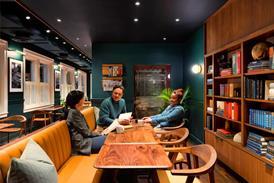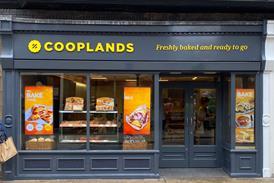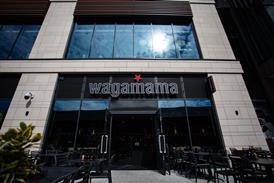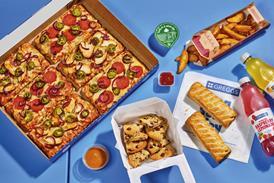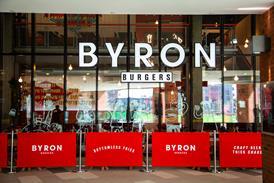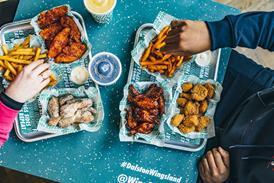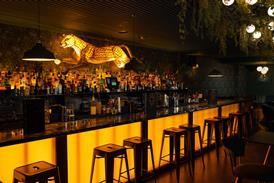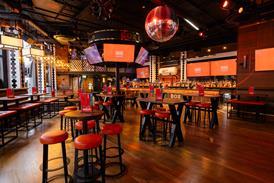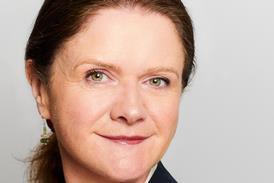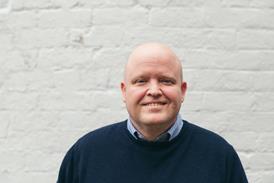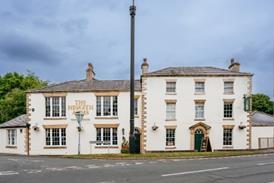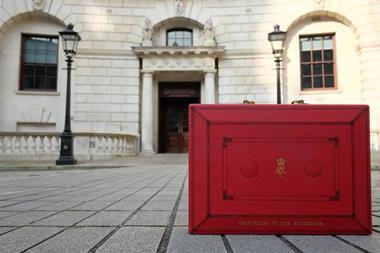Wear Inns has become one of the country’s fastest growing small pub companies while eschewing traditional city and big town locations. Co-founder John Weir tells James Wallin why he looks to his staff for innovation, how pubs can outmanoeuvre the restaurant sector and about plans to grow to as many as 60 sites
For the chief executive of a firm highlighted as one to watch by the London Stock Exchange, John Weir is refreshingly free of ego.
Asked where the innovation driving Wear Inns’ rapid growth comes from, Weir answers immediately: “Without a doubt it’s from our staff and our managers. They’re the ones speaking to customers every day, seeing what’s putting money in the tills and what else people are asking for.
“We will consider any idea that our staff bring to us – and believe me we have had some whacky ones. As long as it’s legal, decent and honest we’ll look at it.”
On the perception of Wear Inns and his role within it to those same customers, he says: “They recognise me because I’m always popping into the pubs. But I think most of them think the bloke behind the bar is the owner and that works fine by me.”
The company formed by Weir and John Sands in 2006 now stands at 26 sites with the aim of growing to 30 sites by the end of January. Weir said the target was to eventually grow the currently 26-strong group to 46 units, although it could stretch to as many as 60.
Maximising opportunities
Most of this year has been occupied by a series of small-scale investments across the estate aimed at maximising opportunities for revenue. A particular focus is food sales, which stood at £850,000 five years ago but now bring in £2.35m.
Weir said: “A lot of businesses will change their menu two or three times a year but what we have found in talking to customers is that menu fatigue happens quicker than ever before. We have people coming in a couple of times a week so we need to keep the menu fresh. We now have the capability to change it every month if we want to.
“Consumers are still looking for value, but they want much more than that – they want a range of options to keep them interested. I think that’s where pubs can really steal a march on restaurants because pubs don’t have to limit themselves to a particular cuisine and can adapt quicker to trends. We can experiment and change things up in response to what we are hearing from the customers.”
He said food sales have helped to grow trade in day parts that were previously dormant. He said: “We now get very good trade between 2pm and 7pm, which five years ago was a dead time. I don’t know if that’s lifestyle changes, an aging market or if it’s people who used to spend time in restaurants seeking greater value.”
Gauging craft beer interest
Craft beer is one area of trade where the company is experimenting to gauge the level of interest.
Weir said: “The areas we operate in tend to lag a bit behind the south-east and the Midlands, so the craft beer scene isn’t as strong up here, but there is definitely in-terest. What we don’t want to do is flood the market and have a bar full of beers no one has ever heard of.
“I’m also wary of this idea that for something to class as a craft beer it has to have been imported. There are some fantastic craft brewers in the UK and we want to support them.”
Weir said trading had remained strong and despite a series of small-scale refurbishments across the estate, overall like-for-like sales in the first half of the financial year had been up 2.8%, with wet sales accounting for 1% growth and dry 5.4%.
There will be another two refurbishments before the end of this month before the focus switches back to acquisitions.
Regional expansion
The company has the firepower to expand after securing an £8m refinancing from NatWest in July. Weir said he would consider an acquisition of a small package of pubs to accelerate growth. On geographical targets, he said: “There’s still plenty of good opportunities in our heartland. We’ve got gaps in our geographic bases. For example we only have one pub in the Humberside area and in Yorkshire we could add more. Just looking at dormitory towns around Sheffield there’s loads of scope and there’s also the north Tyneside market where we can infill.”
He added: “I think there’s great potential in the regions. What I have noticed is that some of the major city centres are reaching saturation point. You read a new name every few days going into Newcastle or Leeds and you think where are all the customers going to come from? We trade in areas where we have identified the appetite for what we offer before we go in there.”
Weir said he would not rule out operating a brand within the estate at some
point, but stressed it didn’t form part of his immediate plans.
He said: “We have an operating format across the pubs, but we feel at the moment that it’s important the pubs have their individuality. There are certainly benefits to branding – it gives the customer a sense of comfort and reliability. The problems that come with a small branded operation are that if you get one thing wrong in one of those pubs it reverberates around the
brand and it takes a long time to win the customers over again.”
On the future for Wear Inns, Weir said: “There are a lot of good opportunities for us. Our initial target was 46. We believe there’s opportunity, given a fair wind, to get to 60. It may come down somewhere in the middle of that. We don’t want to get so big that we lose the ability to adapt to the market and drive that innovation. The most important thing is that each of our customers regards our pub as offering the best experience in their area and that we do everything we can to keep them coming back.”

